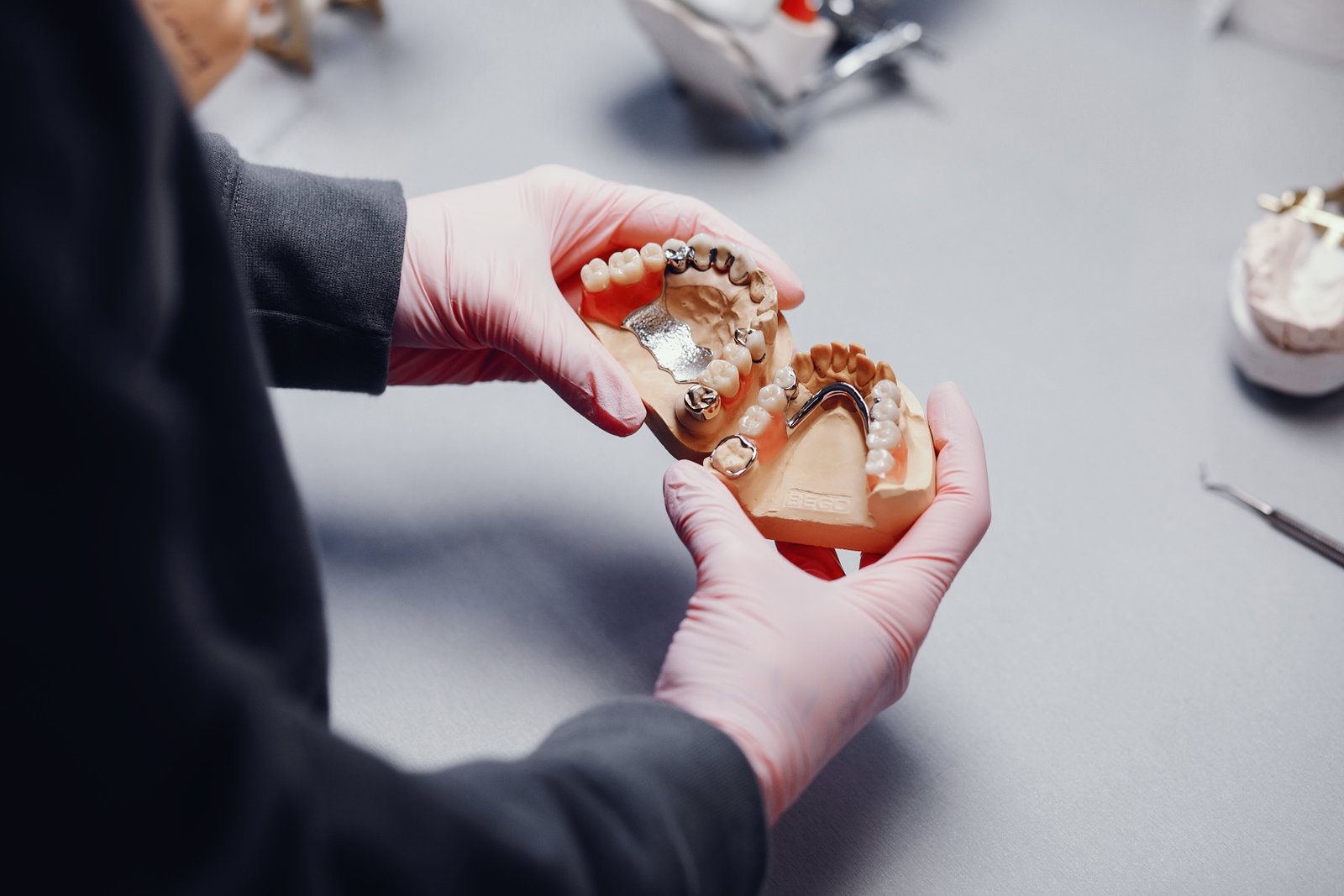Bone grafting for dental implants is a crucial preliminary procedure that ensures the long-term success of your dental implant treatment. When jawbone density is insufficient due to tooth loss, trauma, or periodontal disease, bone grafting for dental implants creates the necessary foundation for stable, durable implant placement. This comprehensive guide explores every aspect of the bone graft for implant process, from costs to recovery, helping you make informed decisions about your oral health journey.
Table of Contents
ToggleWhy Bone Grafting for Dental Implants is Essential
The Science Behind Bone Loss
After tooth extraction, the jawbone can lose up to 50% of its width within the first year. This atrophy makes dental implants without bone graft impossible in many cases. The procedure for dental implants with bone grafting prevents further deterioration and creates adequate bone volume for successful osseointegration, ensuring the success of the standard endosteal implant.
When is Bone Grafting Necessary?
Tooth loss exceeding 6 months
Periodontal disease history
Facial trauma or injury
Natural bone deficiency
Sinus proximity issues requiring maxillary sinus augmentation for dental implants
To fully understand your treatment options, review the various types of dental implants that may require grafting.
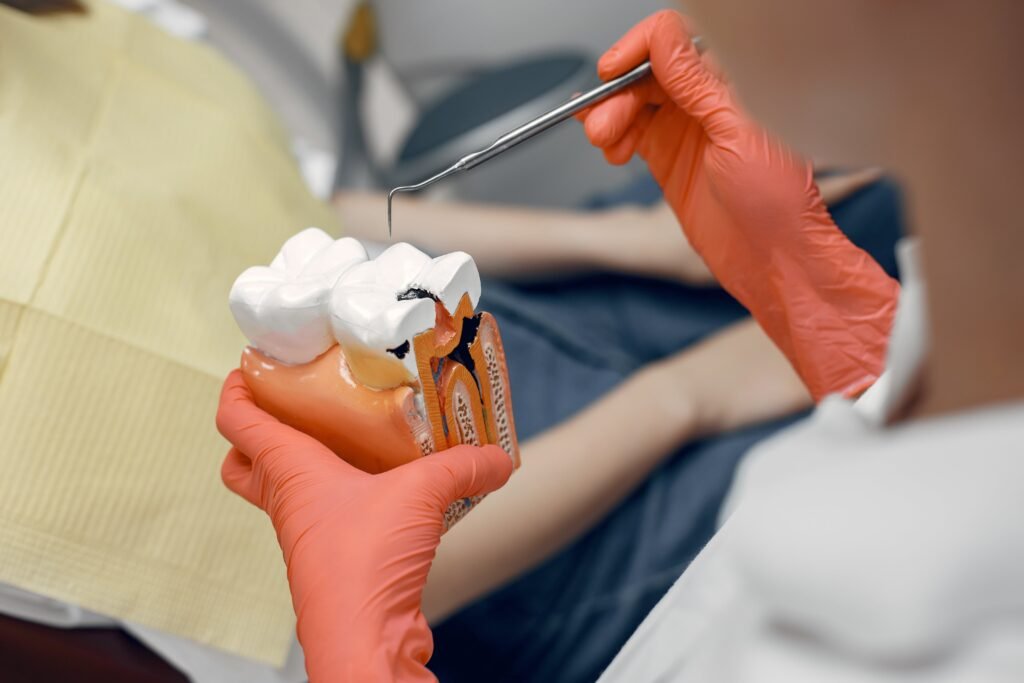
Types of Bone Grafts for Dental Implants
Autogenous Bone Graft for Dental Implants
Harvested from your own body (typically chin, hip, or tibia), autogenous bone graft for dental implants offers the highest success rates due to its living cells and natural growth factors.
Kristal Clinic Insight: “While autogenous grafts provide optimal results, we often recommend alternatives to reduce surgical sites and recovery time.”
Synthetic Bone Graft for Dental Implants
Artificial bone graft for dental implants using hydroxyapatite or beta-tricalcium phosphate provides excellent scaffolding for new bone growth without additional surgical sites. The final choice of implant material, such as titanium vs zirconia dental implants, is secondary to ensuring sufficient bone support.
Xenografts and Allografts
Bovine-derived grafts (xenografts)
Cadaver bone (allografts)
Demineralized bone matrix
The Bone Graft for Dental Implant Procedure: Step-by-Step
Initial Assessment and Planning
3D CBCT scanning for precise bone measurement
Graft material selection based on defect size
Treatment planning for bone graft and dental implant same day or staged approach
Surgical Procedure Breakdown
Incision and flap creation
Defect preparation and cleaning
Graft material placement
Membrane application (if needed)
Closure and suturing
Advanced Techniques: Ridge Augmentation Bone Graft
Ridge augmentation bone graft procedures address width and height deficiencies. While this is often necessary, strategic options like dental implants all on four can sometimes minimize the extent of bone grafting required for full-arch cases.
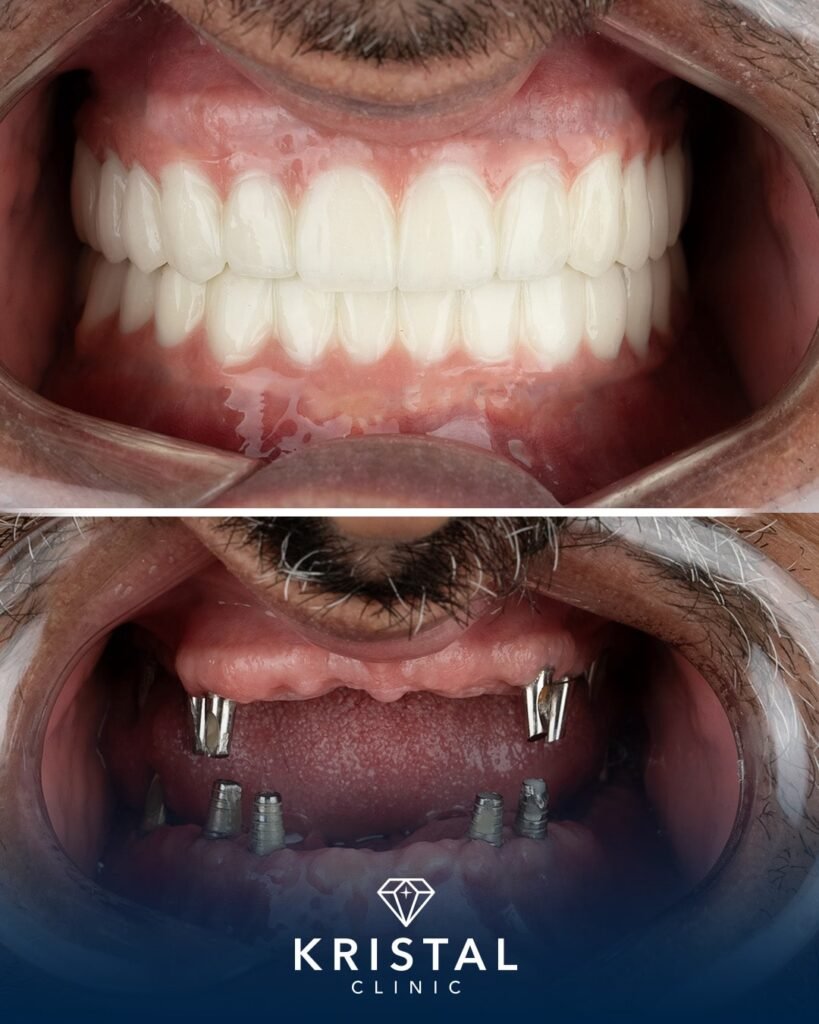
Bone Grafting for Dental Implants Cost: 2024 Breakdown
Factors Influencing Bone Grafting for Dental Implants Cost
Graft material type (autogenous vs synthetic)
Defect size and complexity
Geographic location
Surgeon expertise
Additional procedures required
Average Cost of Bone Graft for Dental Implants
Simple socket preservation: $200-$400
Ridge augmentation: $500-$1,200
Sinus lift procedure: $1,500-$3,000
Major bone reconstruction: $2,000-$5,000+
Complete Dental Implant Cost with Bone Graft
The cost of 2 dental implants with bone grafting at Kristal Clinic Turkey typically ranges from $2,800-$4,500, including:
Bone grafting procedure
Two premium implants
Abutments and crowns
All consultations and follow-ups
Before committing to surgery, some patients compare the investment in implants versus other restorations like implants vs bridging of teeth.
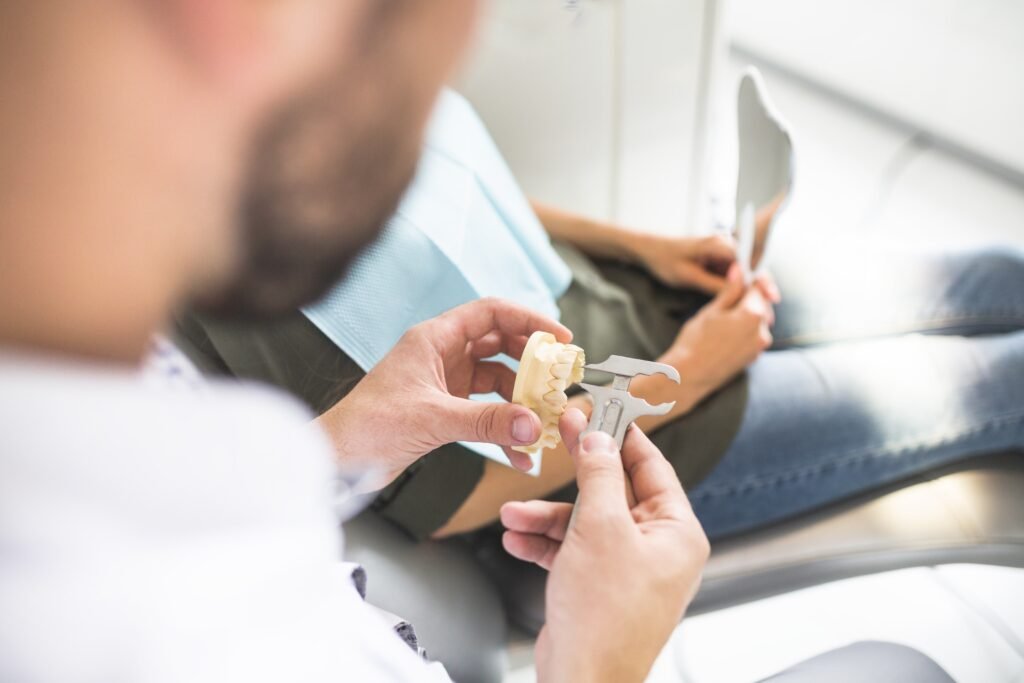
Recovery and Aftercare: What to Expect
Bone Graft for Dental Implant Recovery Time
Initial healing: 7-14 days (sutures removal)
Soft tissue closure: 3-6 weeks
Bone maturation: 3-6 months
Final implant placement: After 4-6 months
For a full understanding of the total journey, including healing time, review our guide on how long does dental implant takes.
Dental Implant Bone Graft Healing Process
Week 1-2: Initial inflammation and clot formation
Month 1-2: Soft callus formation and early vascularization
Month 3-6: Bone remodeling and maturation
Essential Bone Graft for Dental Implant Aftercare
Medication adherence (antibiotics and pain management)
Dietary modifications (soft foods for 2+ weeks)
Oral hygiene protocols (gentle cleaning techniques)
Activity restrictions (avoid strenuous exercise)
Smoking cessation (critical for success)
Same-Day Procedures: Bone Graft and Dental Implant Same Day
When is Immediate Implantation Possible?
Bone graft and dental implant same day procedures are feasible when:
Minor bone defects exist
Primary stability can be achieved
Healthy surrounding tissue
Adequate bone quality in adjacent areas
Advantages of Combined Procedures
Reduced treatment time
Fewer surgical sessions
Lower overall cost
Faster final restoration
For minor cases, patients sometimes consider alternatives, but they should be aware of the disadvantages of mini dental implants before choosing a smaller implant.
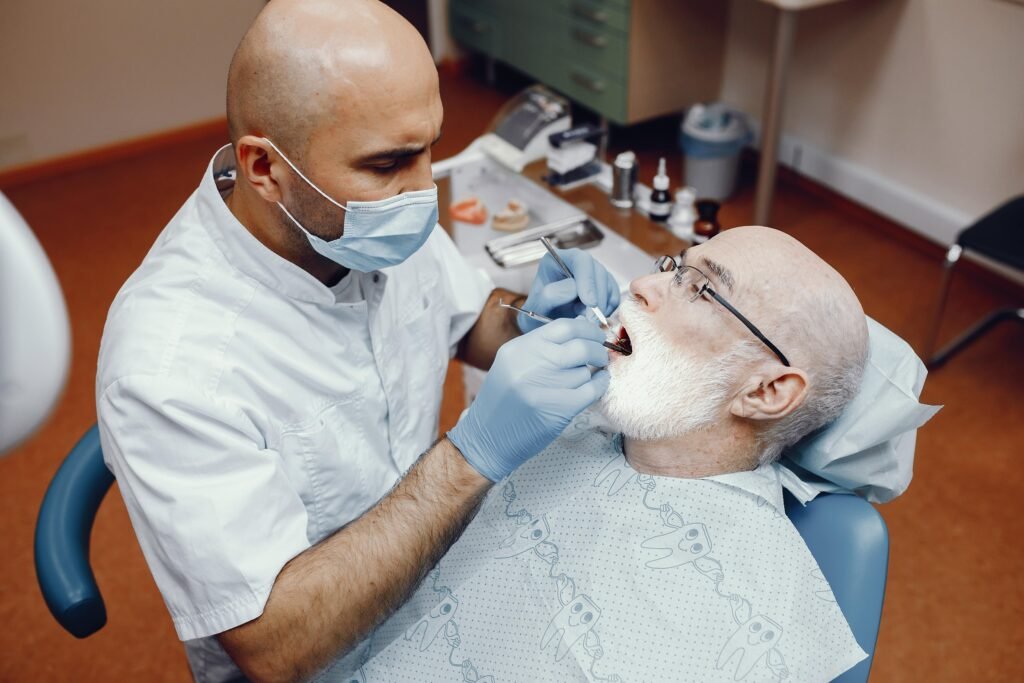
Dental Implants Without Bone Graft: Is It Possible?
Scenarios for Dental Implants Without Bone Graft
Recent tooth extraction with minimal bone loss
Strategic implant placement in available bone
Short implant utilization
Zygomatic implants for severe maxillary atrophy
Risks of Skipping Necessary Bone Grafting
Implant failure due to poor stability
Aesthetic compromises
Long-term bone loss
Increased complication risks
Advanced Bone Grafting Techniques
Maxillary Sinus Augmentation for Dental Implants
This specialized procedure for bone grafting for dental implants addresses bone loss in the upper jaw. Success in these complex full-arch cases often relies on specialized prosthetic components like multi unit abutments (MUA) to ensure prosthetic stability.
Ridge Preservation vs. Augmentation
Socket preservation: Immediate graft after extraction
Ridge augmentation: Later reconstruction of atrophied ridges
Guided Bone Regeneration (GBR)
Advanced bone graft around implant techniques using barrier membranes to direct new bone growth precisely where needed.
Success Rates and Long-Term Outcomes
Bone Graft for Dental Implant Success Statistics
Autografts: 95-98% success rate
Allografts: 90-95% success rate
Xenografts: 85-92% success rate
Synthetics: 85-90% success rate
Factors Affecting Dental Implant Bone Graft Healing
Patient health and comorbidities
Surgical technique and experience
Graft material selection
Post-operative care compliance
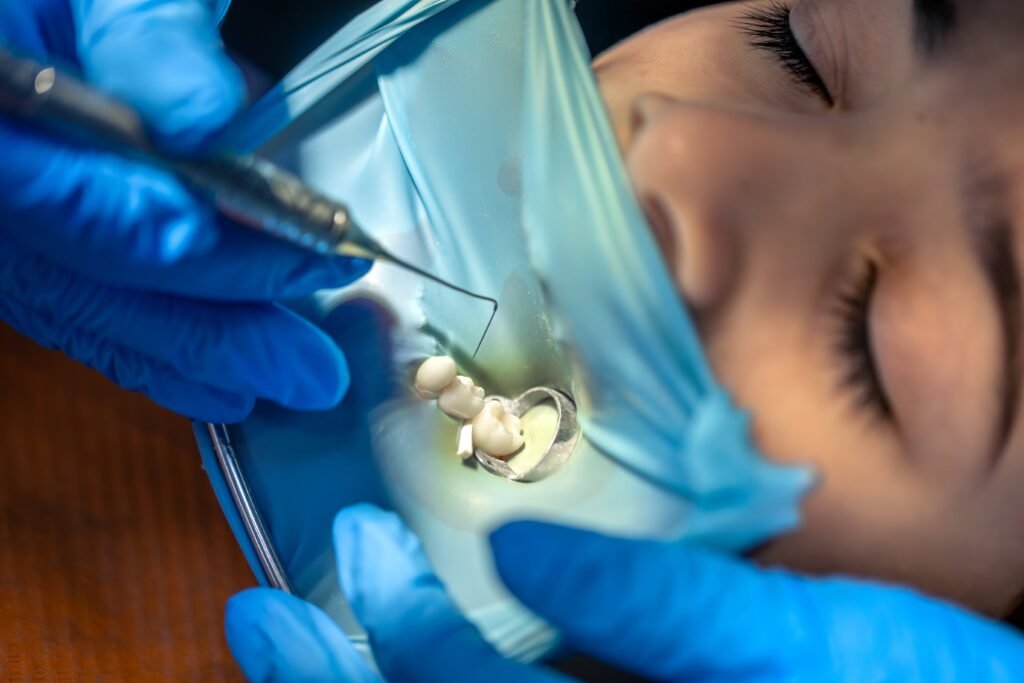
Why Choose Kristal Clinic Turkey for Bone Grafting?
Advanced Technology Integration
3D CBCT imaging for precise planning
Computer-guided surgery for accuracy
Premium graft materials from leading manufacturers
Digital smile design integration
Cost-Effective Excellence
Compared to Western countries, our dental implants and bone grafting cost provides 50-70% savings without compromising quality:
US Average: $4,000-$6,000 (with bone graft)
UK Average: £3,500-£5,000
Kristal Clinic Turkey: $1,800-$3,200 (all-inclusive)
Expert Surgical Team
Our maxillofacial surgeons specialize in complex bone grafting for dental implants cases, performing 200+ successful procedures annually with 97% patient satisfaction rates.
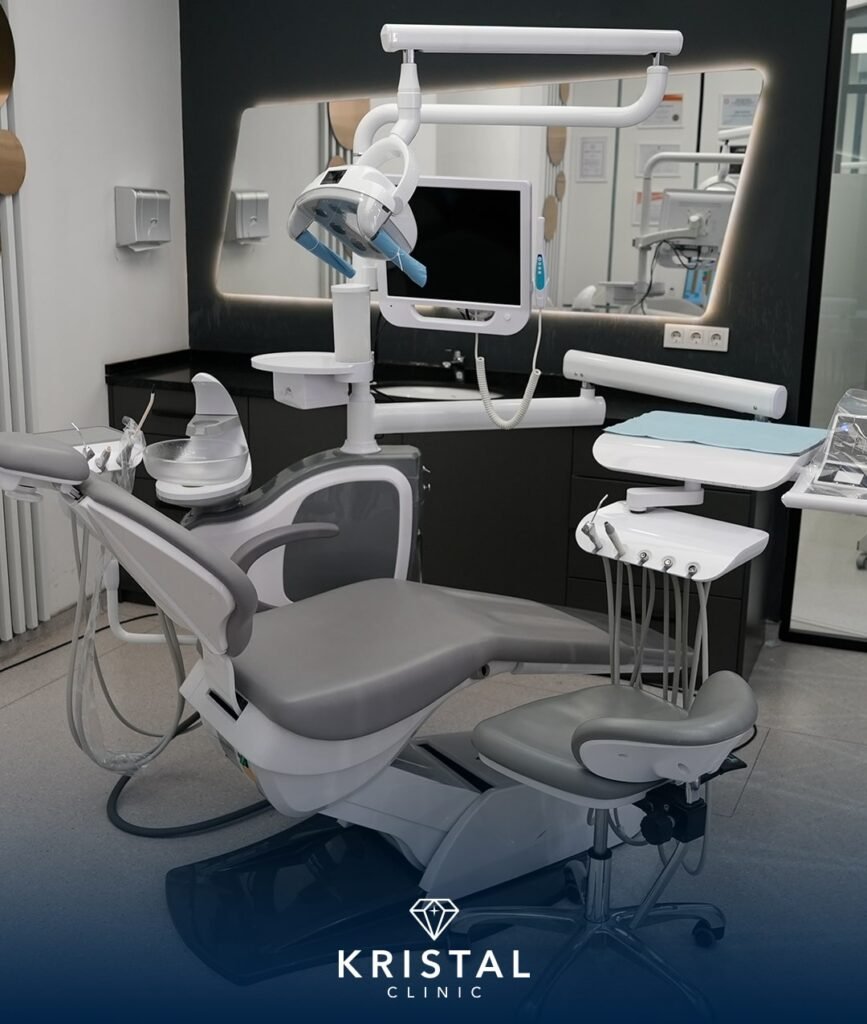
Bone grafting for dental implants represents a crucial investment in your oral health and quality of life. While the bone grafting for dental implants cost and bone graft for dental implant recovery time may seem daunting, the long-term benefits of stable, functional implants far outweigh the temporary inconveniences.
Whether you require simple ridge augmentation bone graft or complex maxillary sinus augmentation for dental implants, modern techniques and materials make the process more predictable and comfortable than ever before.
Ready to restore your smile with confidence?Contact Kristal Clinic today for a free CBCT assessment and personalized treatment plan tailored to your bone grafting and dental implant needs.
Find a Doctor and Specialists
Success Rates and Long-Term Outcomes
Bone Graft for Dental Implant Success Statistics
Autografts: 95-98% success rate
Allografts: 90-95% success rate
Xenografts: 85-92% success rate
Synthetics: 85-90% success rate
Factors Affecting Dental Implant Bone Graft Healing
Patient health and comorbidities
Surgical technique and experience
Graft material selection
Post-operative care compliance
The long-term goal of successful grafting and implant placement is to achieve a result that matches the transformations seen in permanent dentures celebrity dental implants before and after.
How much does it cost to get two dental implants with bone grafting?
The cost of two dental implants with bone grafting typically ranges from $3,000 to $7,000 per implant in the US or UK, depending on the clinic, bone graft material used, and complexity of the case. In countries like Turkey, the same procedure can cost significantly less—around $1,500 to $3,000 in total. Factors such as the type of bone graft for implants (synthetic, autogenous, or allograft) and whether it’s done simultaneously with implant placement can affect the final price.
How much does a full set of teeth implants cost in Turkey?
A full set of dental implants in Turkey, often involving bone grafting for dental implants, generally ranges between $4,000 and $8,000, depending on the number of implants and whether bone augmentation or a sinus lift is required. This price is significantly lower than in most Western countries, which is why Turkey has become a hub for dental tourism. Clinics like Kristal Clinic offer all-inclusive packages that often cover bone graft procedures, implant surgery, and even temporary prosthetics.
How long do bone grafts last for dental implants?
When done properly, bone grafting for dental implants can last a lifetime, especially if the implant is placed and maintained correctly. The grafted bone integrates with your jaw in a process called osseointegration, creating a solid base for the implant. With good oral hygiene and regular dental check-ups, the bone graft for implants won’t need to be repeated. However, failure to place an implant soon after grafting may result in bone resorption over time.
How long does it take for a dental bone graft to heal?
Healing from bone grafting for dental implants typically takes 3 to 6 months, depending on the size and type of the graft, your overall health, and whether the implant is placed at the same time. During this period, the grafted bone fuses with your natural bone, forming a stable structure for the future implant. In some cases, minor grafts can heal faster, especially when same-day bone graft and implant placement is possible.
American Academy of Implant Dentistry – Bone Grafting Guidelines
Journal of Clinical Periodontology – Socket Preservation Study
International Congress of Oral Implantologists – Autograft Standards
European Association for Osseointegration – Clinical Guidelines

